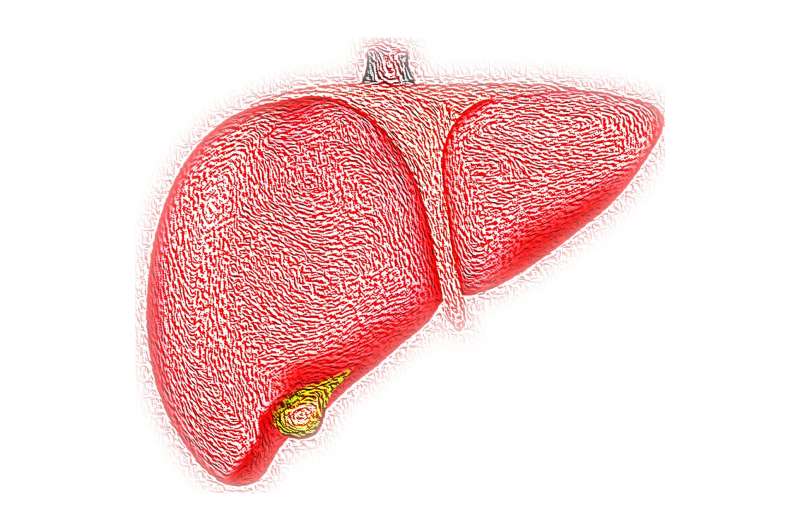Improving liver transplant waitlist mortality by improved risk assessment

The top priority in the field of transplantation is to ensure that donor organs are allocated to the patients with the greatest need.
In a large-scale joint international project conducted by the Medical University of Vienna and the Mayo Clinic in Rochester (U.S.), researchers from the Department of General Surgery and the Division of Gastroenterology and Hepatology of MedUni Vienna's Department of Medicine III, have made a significant step forward to improve prediction of survival on the waiting list for liver transplantation by including additional laboratory parameters.
Donor livers are allocated to patients on the waiting list for a liver transplant on the basis of their individual medical need. Currently, patients are ranked by means of a score made up of 3 (+/- sodium) blood values (Model for End Stage Liver Disease or MELD score). However, over the past few years, significant limitations of the MELD-based system have been identified and waitlist mortality remains at 20%.
A particular challenge in this context is the ability to identify patients with a high risk of complications due to portal hypertension or acute-on-chronic liver failure, as the MELD score might not adequately map these conditions.
"We have now attempted to address these existing weaknesses in the MELD-based allocation system and to identify patients with a high mortality risk, despite having a comparatively low MELD score," explains Principal Investigator Patrick Starlinger from MedUni Vienna's Department of General Surgery, who is currently also working at the Mayo Clinic in Rochester. "It was particularly important to us to confirm our findings internationally and thereby document the potential improvement of organ allocation at other transplant centers and in another transplantat systems."
Simple blood test for assessing risk
von Willebrand factor (vWF) is a central component of the blood clotting system but the vWF antigen level in the blood is also an excellent marker for portal hypertension. This offers the great advantage as the vWF antigen value can readily be determined by taking a blood sample when listing patients. C-reactive protein (CRP) is likewise an easily measured routine parameter that is involved in inflammatory processes in the body of patients with liver disease even before infections develop or acute-on-chronic liver failure occurs.
Patrick Starlinger's study, which was produced in collaboration with researchers from the Medical University of Vienna and the Mayo Clinic in Rochester, found that the prediction of waitlist mortality could be significantly improved by expanding the currently used MELD score to include the vWF antigen level and the CRP value. This was also confirmed in the US patient cohort. "We also managed to show that both blood parameters reflect pathophysiological processes that drive the development of acute life-threatening complications in patients on the waiting list for a liver transplant. Having established vWF-Ag and CRP as valuable markers for portal hypertension and inflammatory processes in liver cirrhosis patients in our previous papers, this study represents another important step towards the application of this blood test in clinical care," says Mattias Mandorfer, Head of the Hepatic Hemodynamic Laboratory at the Medical University of Vienna.
This study could therefore have a significant and long lasting influence on the existing allocation system for donor livers and ultimately significantly reduce waitlist mortality among patients.
More information: Patrick Starlinger et al. The Addition of C‐Reactive Protein and von Willebrand Factor to MELD‐Na Improves Prediction of Waitlist Mortality, Hepatology (2021). DOI: 10.1002/hep.31838


















